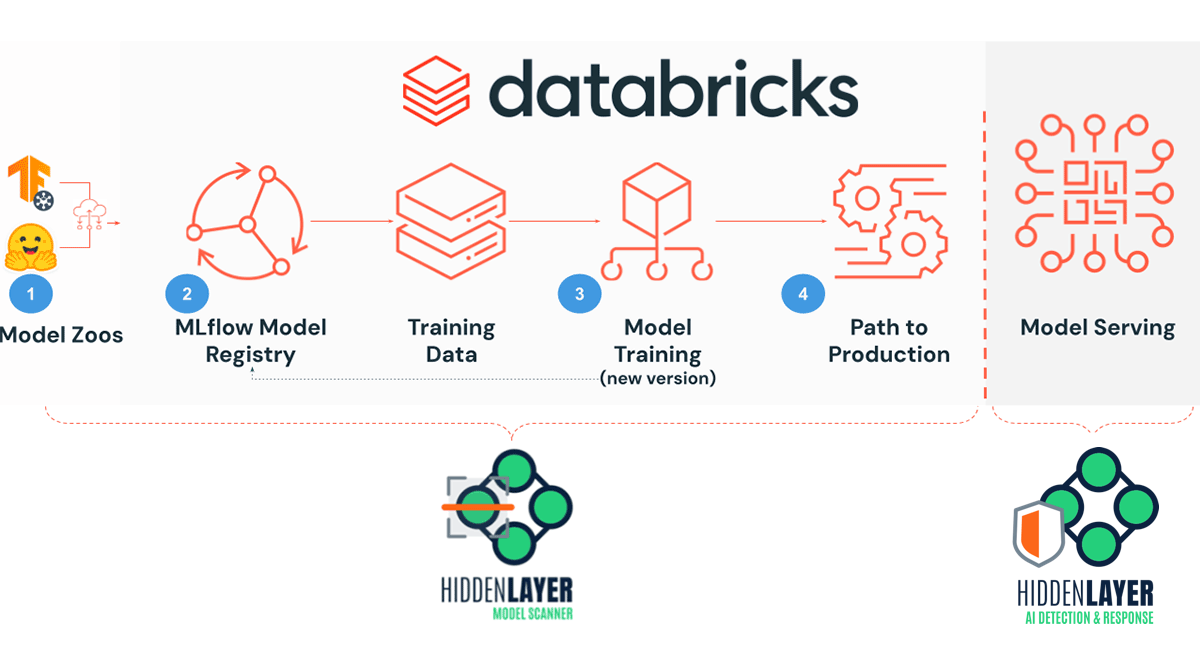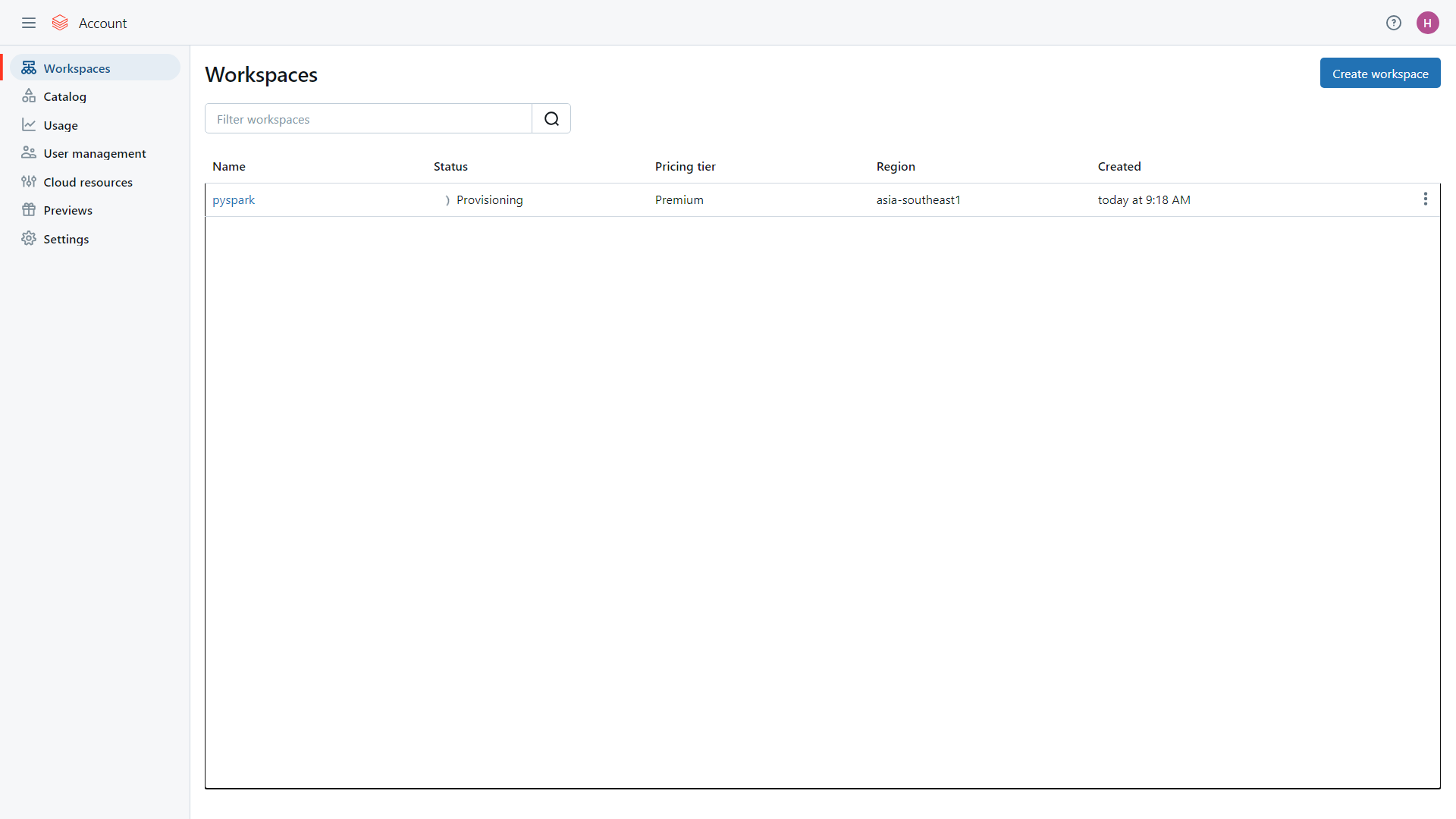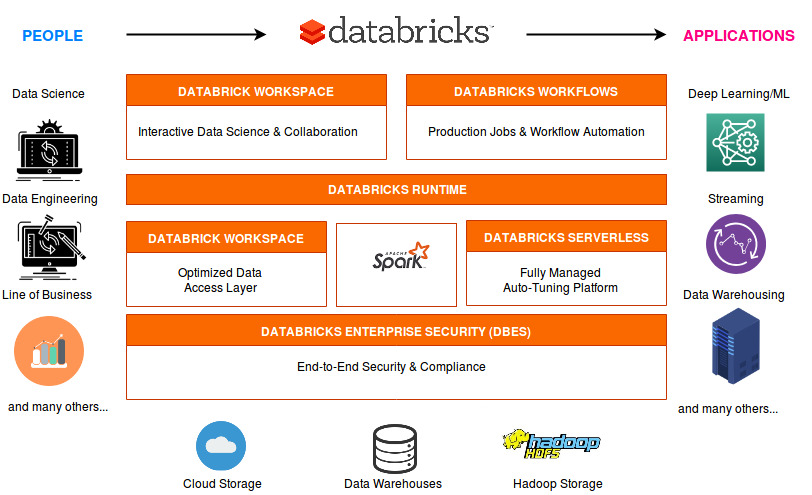Databricks: Modern Way in Managing Big Data
 Harvey Ducay
Harvey Ducay
What is Databricks?
Databricks is a unified analytics platform that simplifies the process of managing and analyzing big data. It allows users to collaborate on projects, share insights, and derive valuable information from massive datasets in real-time. With its powerful tools and intuitive interface, Databricks has quickly become a popular choice among data professionals and enthusiasts alike.

Getting Started with Databricks
When I first signed up for Databricks, I was unsure of what to expect. The platform seemed complex and intimidating, but I was determined to conquer my fear and dive into the world of big data. For the most part, I’m just afraid of incurring exponential costs on the cloud :). I started by familiarizing myself with the various features and capabilities of Databricks, such as its ability to handle structured and unstructured data, perform complex analyses, and visualize results.
Exploring the Databricks Environment
One of the first things that struck me about Databricks was its user-friendly interface. The platform was organized and easy to navigate, with clear instructions and helpful resources to guide me through the process. I began by creating a new workspace and uploading a sample dataset to practice with. As I explored the different tools and functionalities available, I felt my confidence growing and my excitement building.

Key Features of Databricks
Some of the key features of Databricks that impressed me the most include:
Collaboration: Databricks allows multiple users to work on the same project simultaneously, making it easy to share insights and collaborate with team members.
Scalability: With its cloud-based infrastructure, Databricks can easily handle large volumes of data and scale to meet the needs of any project.
Integration: Databricks seamlessly integrates with popular data sources and tools, such as Apache Spark and AWS S3, making it easy to import and export data. I myself found it very convenient to be ingesting data from BigQuery as I’m most familiar with it.

Conclusion
Learning new tools in Data Science might seem scary at first, but eventually it will all be worth it. No amount of tutorials replaces the fact the you get to use the tool, see its pros and cons, and experience its nuances. I have been using BigQuery a lot in handling big data, but its a good experience to have tried using Databricks.
Subscribe to my newsletter
Read articles from Harvey Ducay directly inside your inbox. Subscribe to the newsletter, and don't miss out.
Written by
